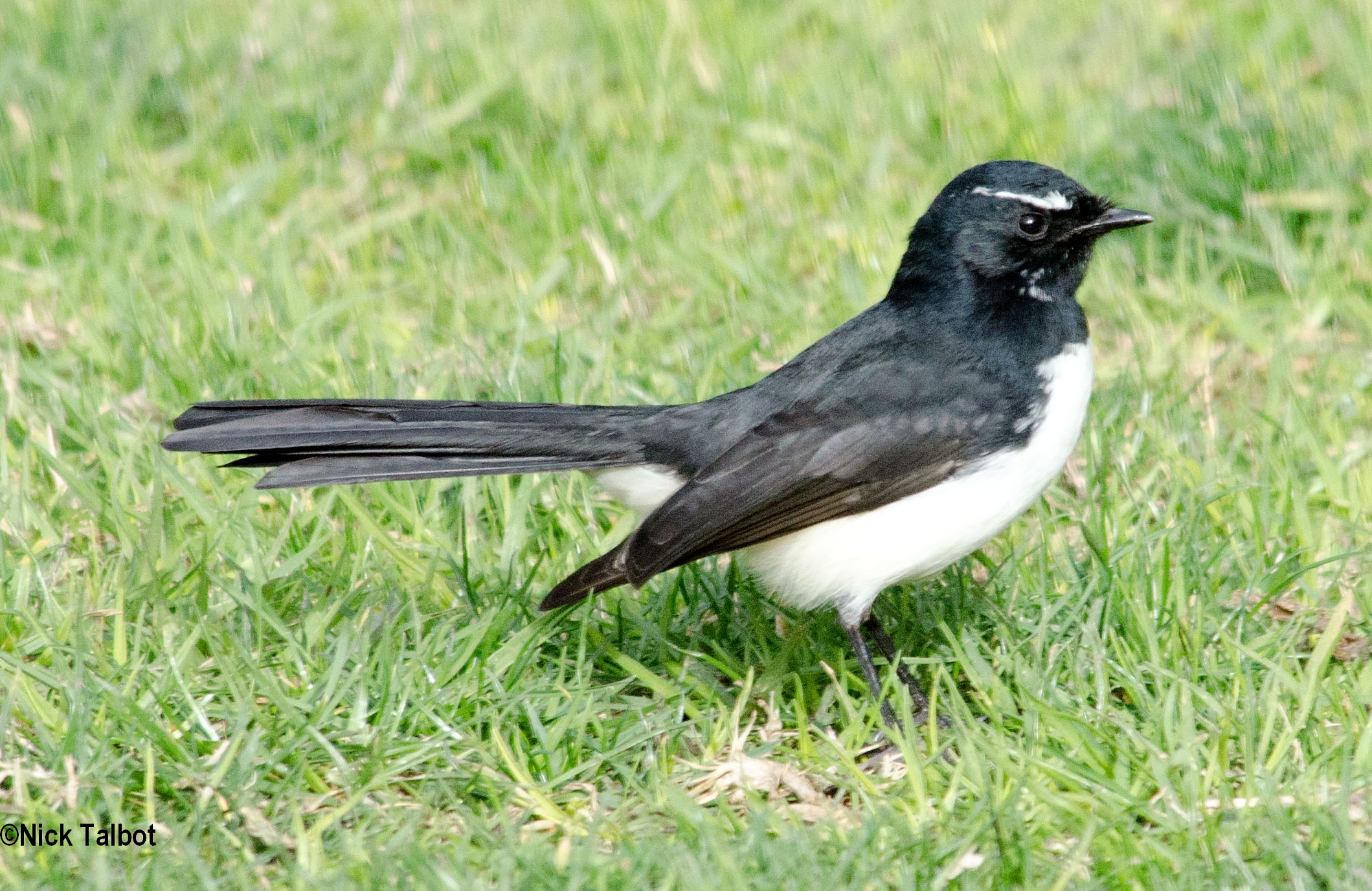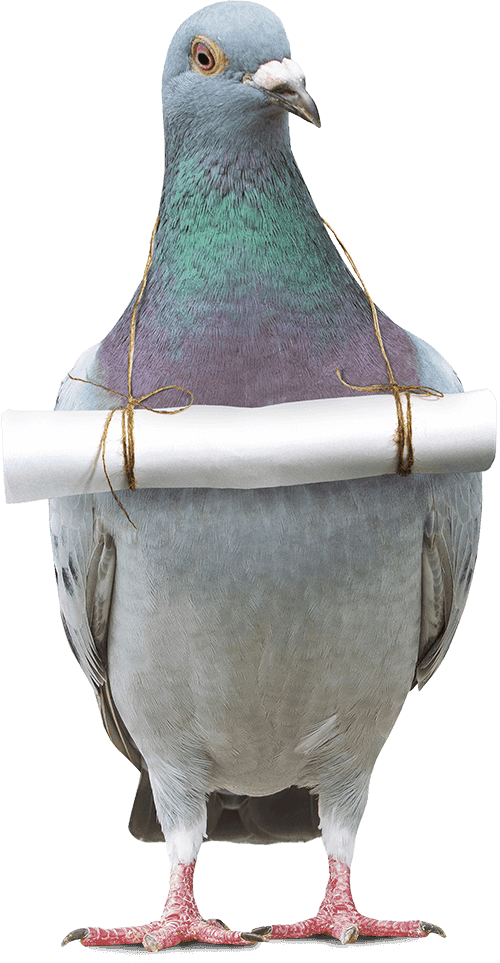Willie wagtail
(Rhipidura leucophrys)

Description
The willie (or willy) wagtail (Rhipidura leucophrys) is a passerine bird native to Australia,New Guinea,the Solomon Islands,the Bismarck Archipelago,and Eastern Indonesia.It is a common and familiar bird throughout much of its range,living in most habitats apart from thick forest.Measuring 19–21.5 cm (71⁄2 –81⁄2 in) in length,the willie wagtail is contrastingly coloured with almost entirely black upperparts and white underparts;the male and female have similar plumage.Three subspecies are recognised;Rhipidura leucophrys leucophrys from central and southern Australia,the smaller R.l.picata from northern Australia,and the larger R.l.melaleuca from New Guinea and islands in its vicinity.It is unrelated to the true wagtails of the genus Motacilla;it is a member of the fantail genus Rhipidura and is a part of a "core corvine" group that includes true crows and ravens,drongos and birds of paradise.Within this group,fantails are placed either in the family Dicruridae,alongside drongos,or in their own small family,Rhipiduridae.The willie wagtail is insectivorous and spends much time chasing prey in open habitat.Its common name is derived from its habit of wagging its tail horizontally when foraging on the ground.Aggressive and territorial,the willie wagtail will often harass much larger birds such as the laughing kookaburra and wedge-tailed eagle.It has responded well to human alteration of the landscape and is a common sight in urban lawns,parks,and gardens.It was widely featured in Aboriginal folklore around the country as either a bringer of bad news or a stealer of secrets.An adult willie wagtail is between 19 and 21.5 cm (7.5 and 8.5 in) in length and weighs 17–24 g (0.6–0.85 oz),with a tail 10–11 cm (approx 4 in) long.The short,slender bill measures 1.64–1.93 cm (around 0.75 in),and is tipped with a small hook.This species has longer legs than other fantails,which may be an adaptation to foraging on the ground.The male and female have similar plumage;the head,throat,upper breast,wings,upperparts,and tail are all black,with a white eyebrow,"whiskers" and underparts.The bill and legs are black and the iris dark brown.Immature birds in their first year after moulting from juvenile plumage may have pale tips in their wings,while juvenile birds themselves have duller plumage,their upperparts brown-tinged with some pale brown scallops on the head and breast.Vocalisation: The wagtail is very "chatty" and has a number of distinct vocalisations.Its most-recognised sound is its alarm call which is a rapid chit-chit-chit-chit,although it has more melodious sounds in its repertoire.The alarm call is sounded to warn off potential rivals and threats from its territory and also seems to serve as a signal to its mate when a potential threat is in the area.John Gould reported that it sounded like a child's rattle or "small cog-wheels of a steam mill".In his book What Bird is That? (1935),Neville Cayley writes that it has "a pleasant call resembling sweet pretty little creature,frequently uttered during the day or night,especially on moonlight nights".
Taxonomic tree:







